These 33mm (1.3") spring loaded pogo pins are great for programming and applications where you don't always want headers soldered onto your boards. We use them for our programming jigs in production. The pins fit snugly into most standard perf board holes. Solder them just like you would normal wire. This unit has a conical pointed tip.
- Length: 1.3" (33mm)
- Travel: 1/4" (6.5mm)
- Head size 0.05" (1.3mm)
Pogo Pin w/ Pointed Tip Product Help and Resources
Constant Innovation in Quality Control
December 11, 2013
In this article, we share our recent advancements in quality control. Along with making our tests more thorough, we have also made them more efficient and robust.
Core Skill: Soldering
This skill defines how difficult the soldering is on a particular product. It might be a couple simple solder joints, or require special reflow tools.
Skill Level: Noob - Some basic soldering is required, but it is limited to a just a few pins, basic through-hole soldering, and couple (if any) polarized components. A basic soldering iron is all you should need.
See all skill levels
Comments
Looking for answers to technical questions?
We welcome your comments and suggestions below. However, if you are looking for solutions to technical questions please see our Technical Assistance page.
Customer Reviews
5 out of 5
Based on 1 ratings:
3 of 3 found this helpful:
This is why I love Sparkfun
You can't find these anywhere else.

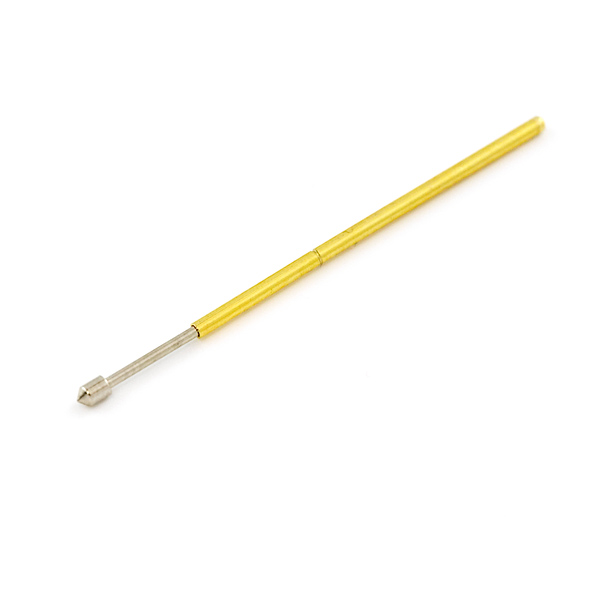
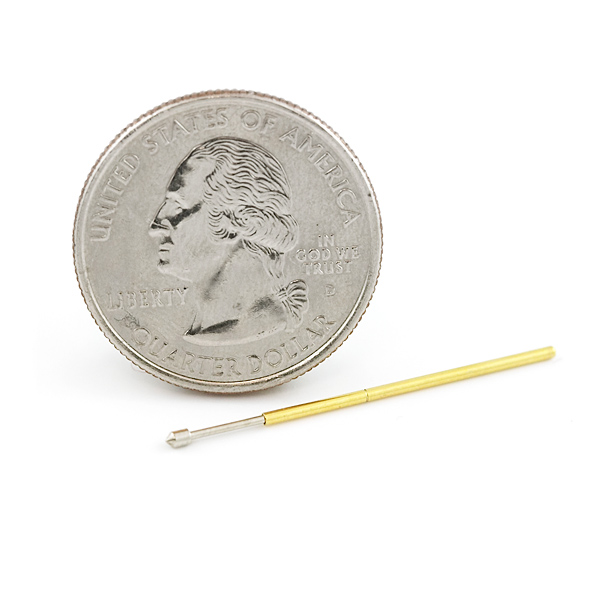
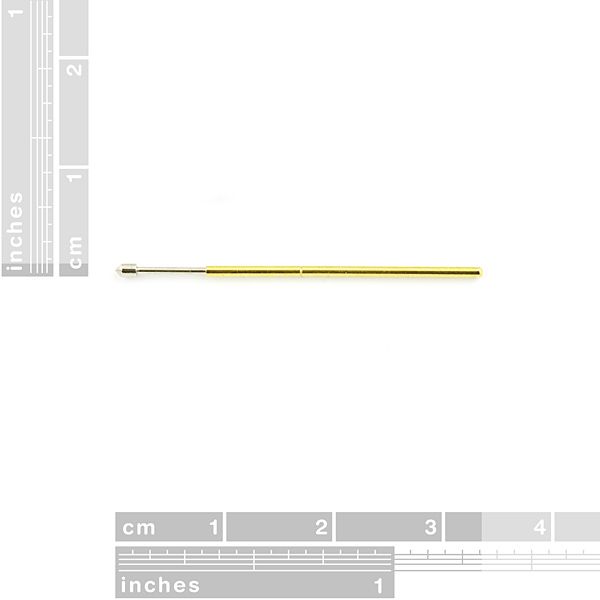
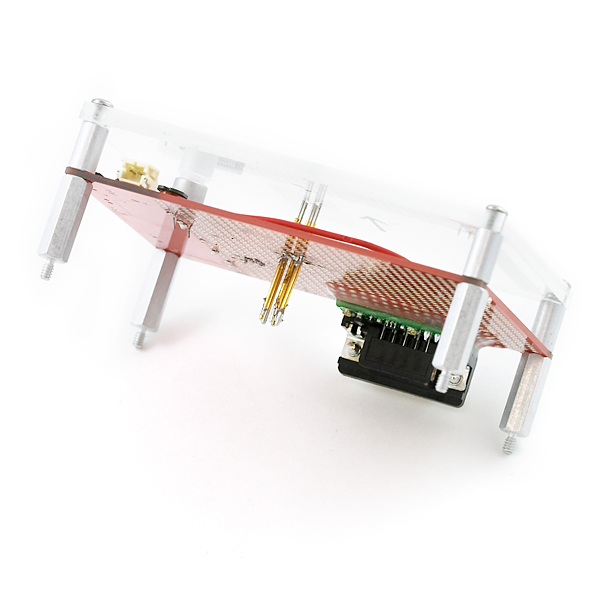
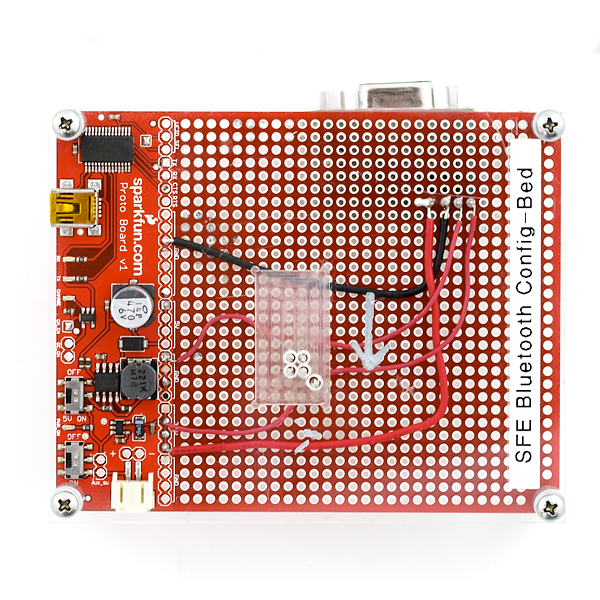
Does anyone know the diameter of the tip? The length of the tip is given as 0.055" in the drawing, but not the diameter. The main body is shown as being 0.040", but I need to know the tip diameter as well so I can determine what hole size to use for my fixture.
The diameter of the head/tip of the pogopin is 1.3mm / 0.051".
I don't understand - when would you use these over headers?
Temporary connections. For instance, you could use these instead of headers on a AVR programmer board. Then, when you design a board you want to program using that programmer, you don't need to put big old headers onto it, just little pads for these to connect to.
Are these the right ones to replace broken pins on the AVR ISP Pogo Adapter Sparkfun sells?
Will the back end of these fit into a female header?
EDIT: According to the data sheet, they should. Just need to know from real-world experience.
Are these sold as a set or is the $0.95 for a single pin?
they are sold as singles.
What is the current rating of these pins? I want to use them for battery charging contacts. Several can be paralleled for better reliability and more current capacity.
They work nicely for programming and test fixtures.
Doesn't look like there's any clue as to which pins these are, exactly. A close match (based on dimensions) from ECT is this one..
http://www.ectinfo.com/cpg/product/default.cfm?sku=175
..which is rated for 6A.
[...]I used basic 2.54mm header FOOTPRINT for the bottom board[...]
Hey,
Just finished my first pogo-bed for one of my projects ! It just rocks (received the PCBs from BatchPCB).
These are not easy to solder, you'll need to increase the temp of your solder iron a bit (found it to be soldered much more easily at 390?C with leaded solder, at 320?C I just couldn't solder it to the board properly).
The placing of the pins is a real nightmare, it depends on the spacers you are using, and you want them to be the same height.
I used basic 2.54mm header for the bottom board (where the pogo pins are soldered) and 1.4mm holes in the intermediate board for the head (which is larger than the base).
Connection is reliable (I use it to program a PIC30 chip via a PicKit2 in "programmer to go" mode and run a test in the IOs, monitored by a Saleae Logic). You just need to press the board firmly on the bed.
The whole pogo-bed PCBs cost me less than $30 at BatchPCB including shipping and handling. A few right-angle headers, 8 M3 screws, 4 spacers, and voil? : professional production device !
I will post photos of the bed on my blog soon (http://www.murmureurs.fr in french ...).
Regards,
Thomas.
i found these to be perfect for programming. i soldered a few of these fellas to a AVR Programming adapter and was able to upgrade my GLCD backback without a single problem.
these are definitly very usefull when reprogramming AVRs on items where there is no soldered ICSP header present.